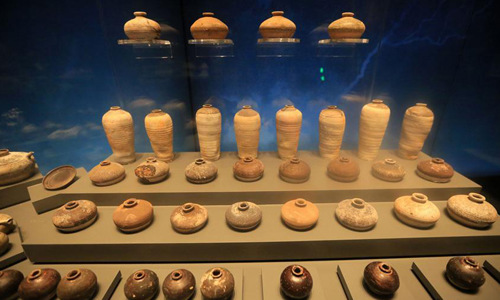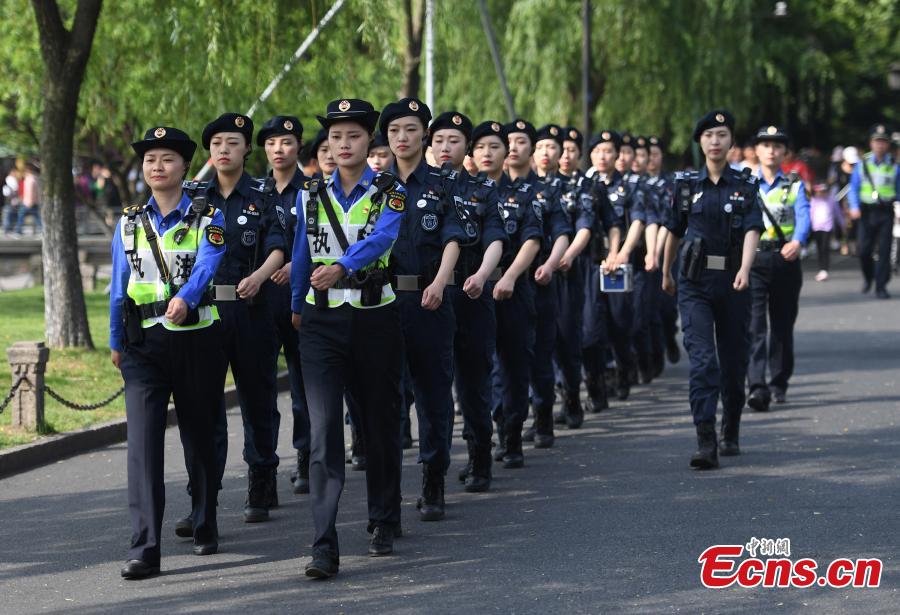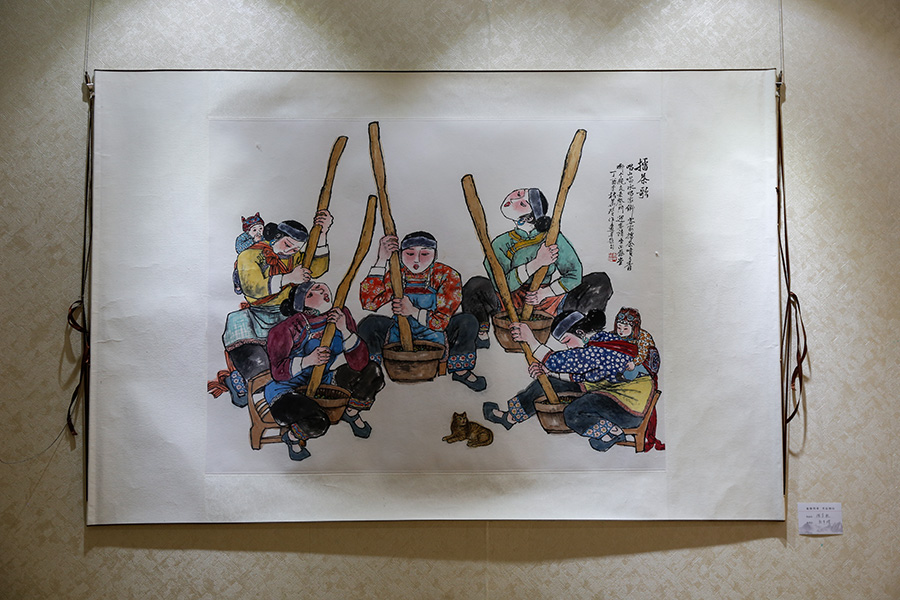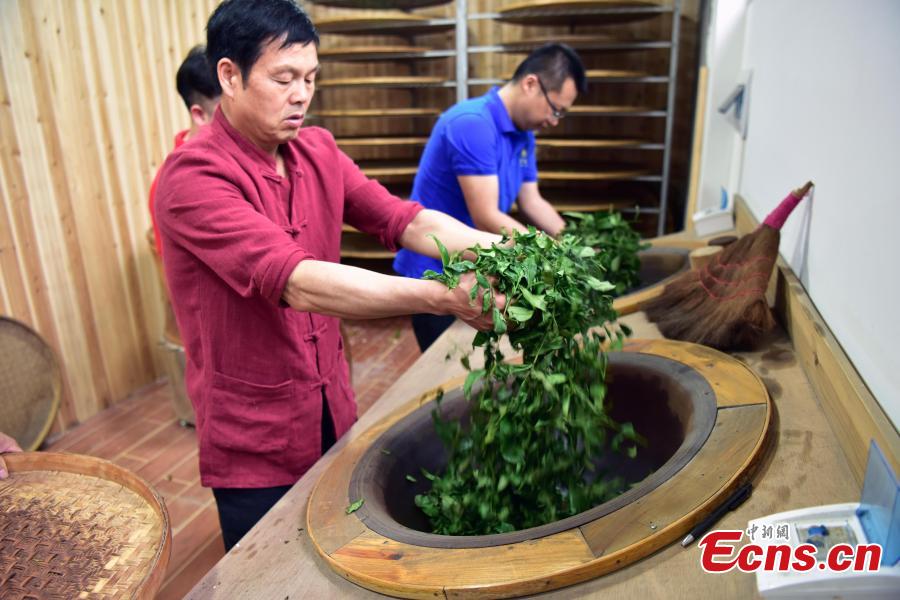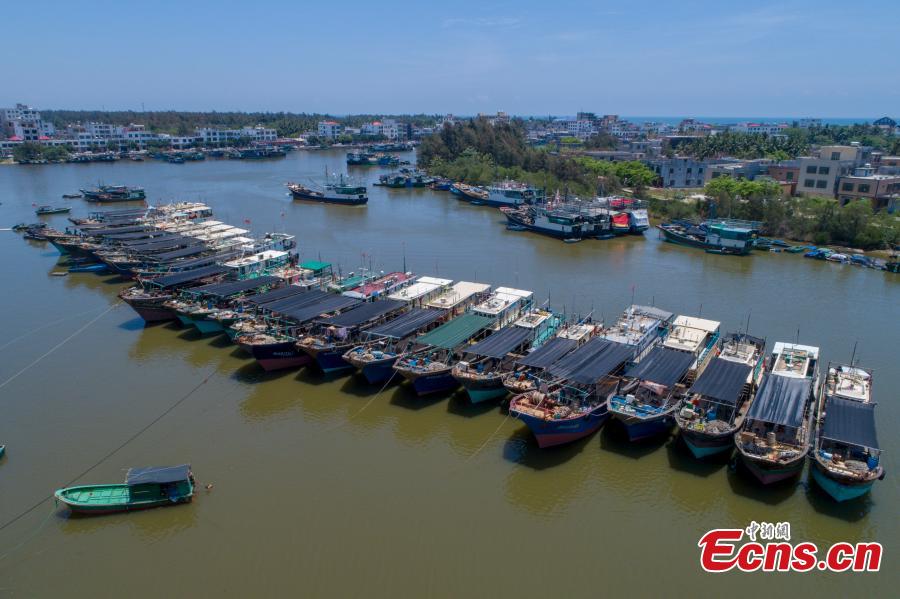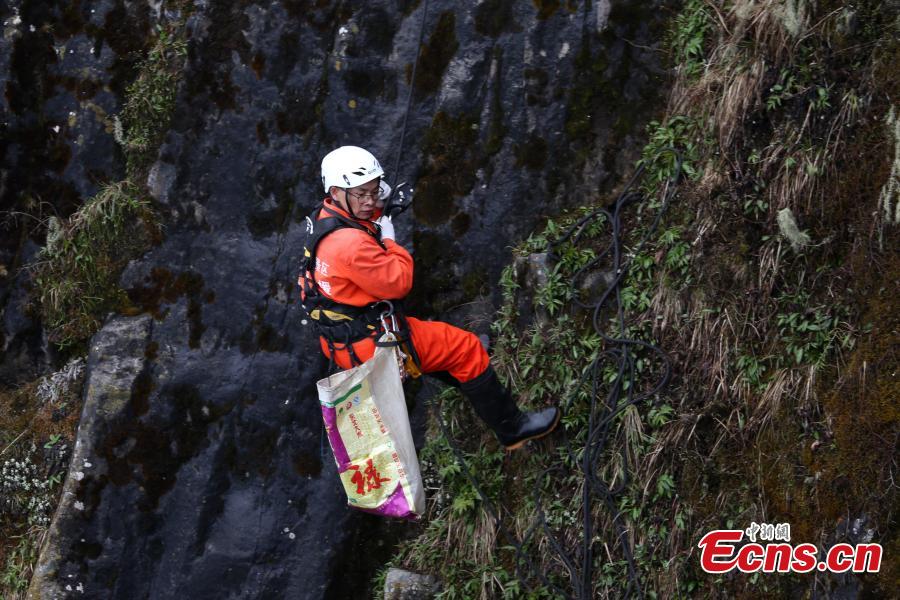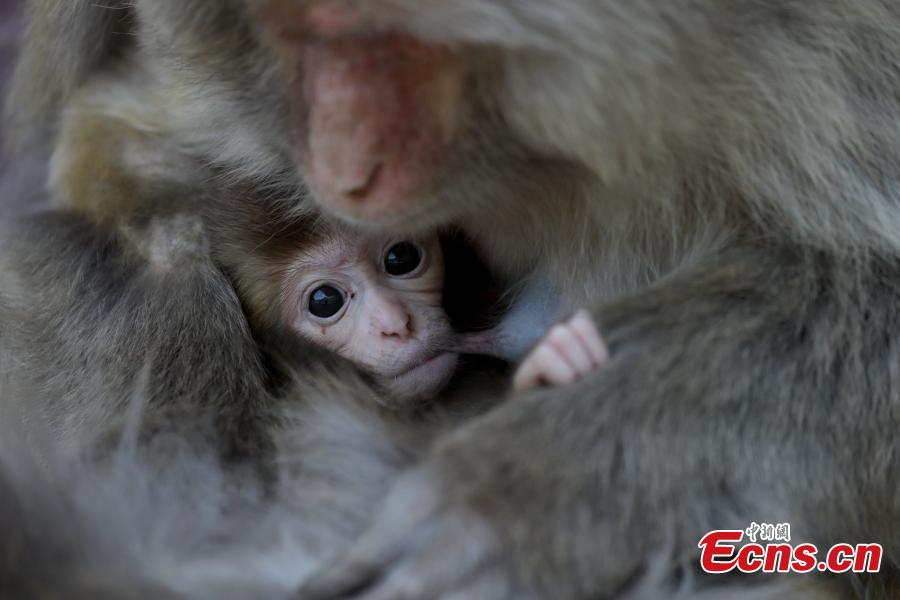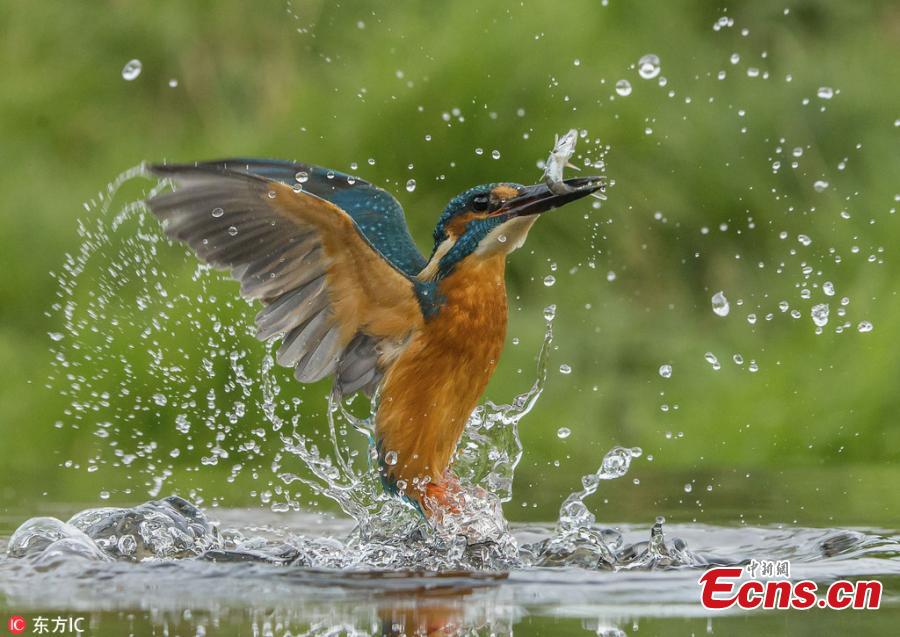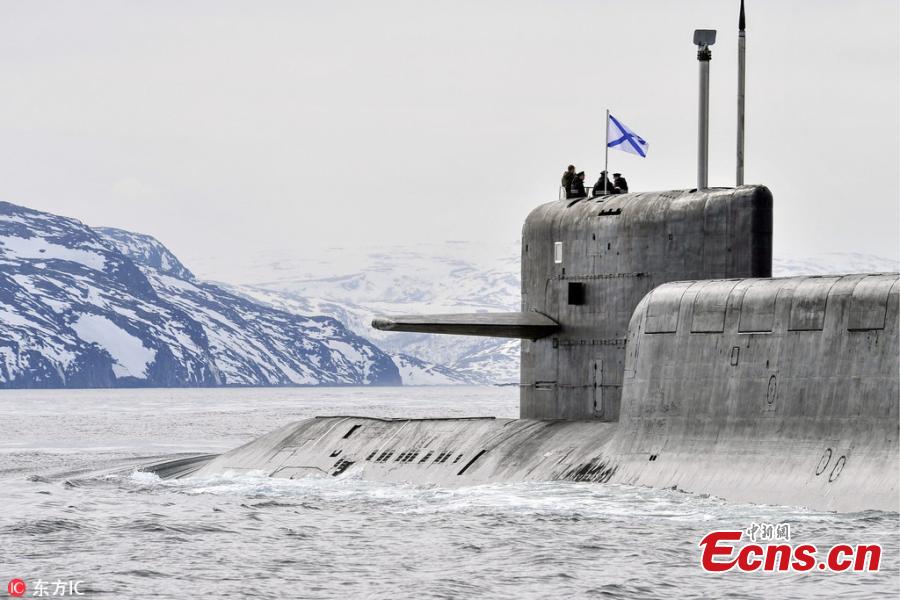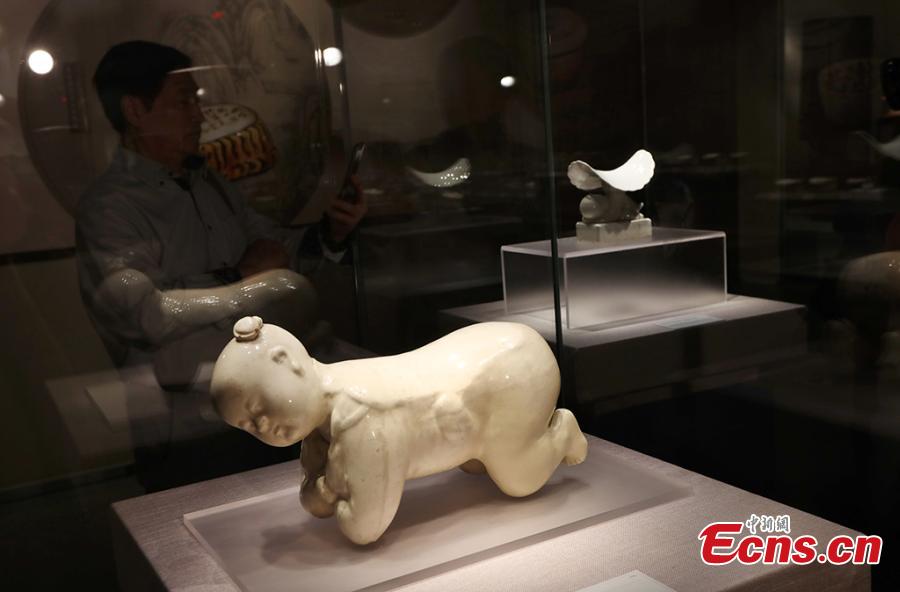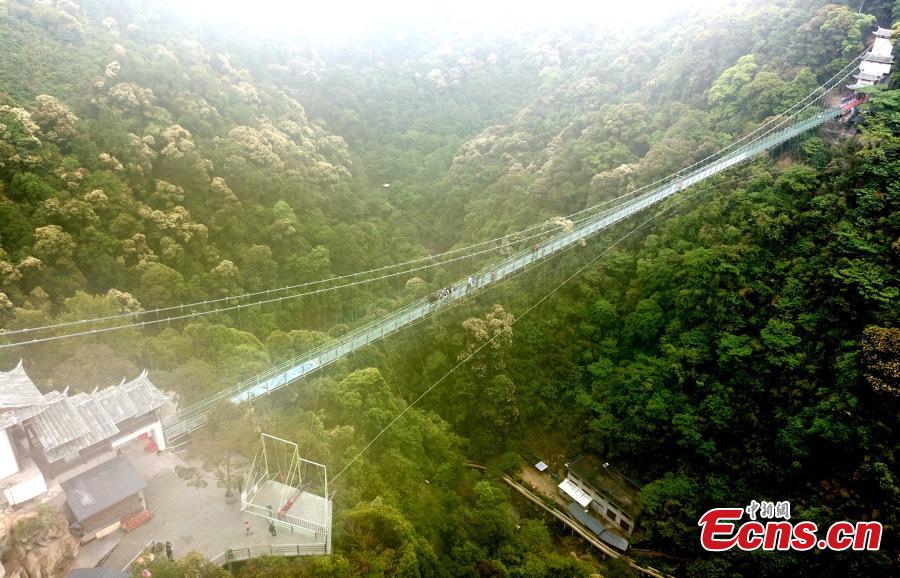Two Chinese submersibles finished a three-day joint operation, the first of its kind in the country's deep sea exploration, to detect a cold seep in the Pearl River Mouth Basin in the South China Sea.
Unmanned submersible Haima, or "seahorse", and manned submersible Shenhai Yongshi, or "deep sea warrior", on board scientific survey ships Haiyang 6 and Tansuo 1 respectively, carried out the joint operation from April 28 to 30.
They are both the major domestically developed deep-sea vehicles and set an example of how to master key technology in deep sea exploration, to swiftly use scientific research results for real benefit and to put domestic high-tech equipment into practical use.
The two submersibles conducted three dives together to reach the cold seep located in the South China Sea named after one of them, Haima, who discovered it in March 2015.
Haima took samples from and explored the cold seep by making use of multiple tools it is equipped with, such as drill, side scan and side-imaging sonar, methane sensor and trap for undersea creatures.
Shenhai Yongshi showed its functionality and ability to obtain precise data about the total area and topographic features of the cold vent.
A cold seep is an area of the ocean floor where hydrogen sulfide, methane and other hydrocarbon-rich fluid seepage occurs, often in the form of a brine pool. Research on Haima cold seep could shed light on natural gas hydrate reservoir forming, the ecosystems of cold seeps and even the origins of life on earth.
The two submersibles also inspected and recorded each other's operations during the joint expedition.










